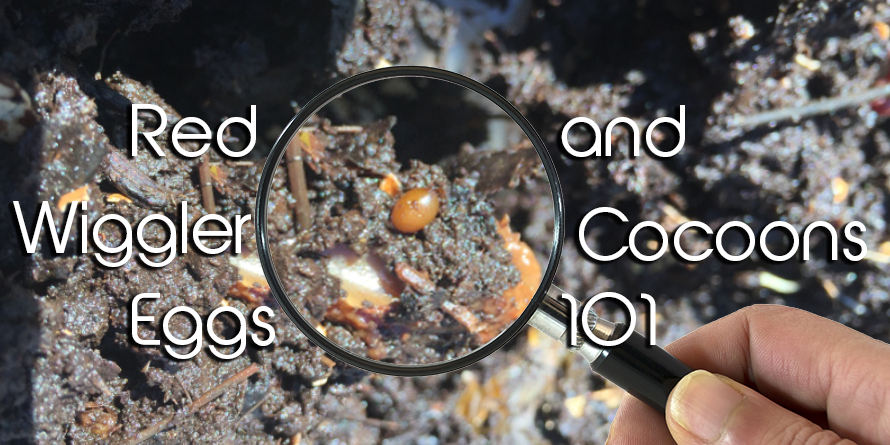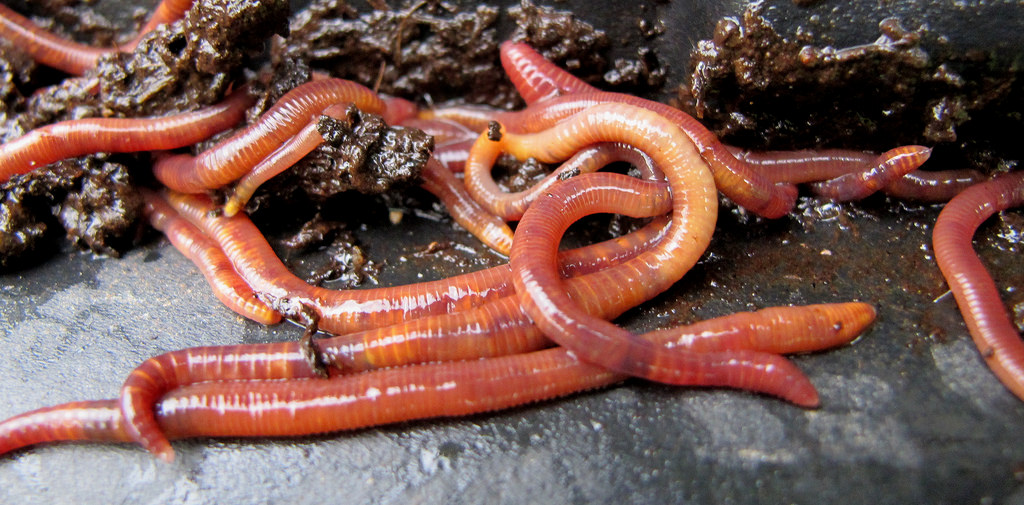Unlock the Keys of Red Wigglers: Your Overview to Composting Success
The integration of red wigglers right into composting techniques presents a considerable possibility for enhancing dirt health and wellness and promoting sustainability. These microorganisms are not just efficient recyclers of natural waste; they supply a myriad of benefits that can change garden monitoring. Understanding their requirements and behaviors is important for maximizing their possibility, from establishing a proper worm bin to feeding them the ideal products. As we explore the essential components of effective vermicomposting, one may question exactly how these little creatures can cause a much more lively and effective garden ecological community.

What Are Red Wigglers?
(Red Wiggler Express)Red wigglers, clinically referred to as Eisenia fetida, are a types of earthworm mostly used in composting due to their amazing ability to decay raw material efficiently. These worms are identified by their reddish-brown coloration and a fractional body, typically gauging between 3 to 4 inches in length. Unlike various other earthworm types, red wigglers thrive in rich, organic atmospheres, making them perfect for vermicomposting systems.
Belonging To The United States And copyright, they are often located in rotting leaves and garden compost piles, where they play a vital duty in nutrient recycling. Their adaptation to staying in a moist, aerobic setting enables them to consume huge amounts of organic waste, simplifying into nutrient-rich spreadings that improve dirt health and wellness.
Red wigglers recreate rapidly, with a single worm capable of generating a number of cocoons every week, each having multiple hatchlings. This fast reproduction price contributes to their performance in composting procedures. They favor temperatures in between 60 ° F and 80 ° F, and their task level increases considerably within this range, more helping in the disintegration procedure. Understanding the biology and actions of red wigglers is essential for optimizing their possibility in composting applications.
Benefits of Making Use Of Red Wigglers
Harnessing the power of red wigglers in composting provides various advantages that boost dirt health and wellness and promote lasting waste administration. These remarkable organisms efficiently break down raw material, transforming cooking area scraps and backyard waste right into nutrient-rich vermicompost. This ended up item is extremely beneficial for plant growth, as it improves soil framework, boosts dampness retention, and improves nutrition availability.

(Red Wiggler Express)Furthermore, the presence of red wigglers in your composting system can accelerate the composting procedure, producing top notch garden compost in a fraction of the time compared to typical approaches. The spreadings generated by these worms are also brimming with valuable bacteria that additionally enrich the soil community.
Establishing Your Worm Container
Creating an efficient worm container is a simple process that can considerably improve your composting initiatives. The first step is picking an appropriate container. Worm containers can be made from plastic storage bins, wooden boxes, or commercially offered worm bins. Make sure the bin has ample drain and ventilation holes to preserve optimum dampness levels and air movement.
Following, prepare the bed linens product, which offers as the worms' habitat. A mix of shredded paper, cardboard, and coconut coir functions well, offering a comfortable atmosphere for the worms. Aim for a bed linen deepness of regarding 4-6 inches. Moisten the bed linen lightly, ensuring it looks like a wet sponge without excess water pooling at the base.

Feeding Your Red Wigglers
To ensure the health and performance of your red wigglers, it is necessary to offer them with a well balanced diet plan that satisfies their dietary needs. Red wigglers prosper on a varied selection of natural products, which not just provide necessary nutrients but also promote efficient composting.
Start by including cooking area scraps such as vegetable peels, fruit cores, and coffee grounds. Avoid citrus fruits, onions, and garlic, as these can be destructive to worm health. In addition, introduce shredded paper, cardboard, and dry leaves to produce a well-aerated environment.
Feeding regularity must be checked; generally, worms can take in half their body weight in food weekly. It is essential to prevent overfeeding, as excess food can bring about undesirable smells and bring in parasites. A great method is to add food in percentages, permitting worms to process it before presenting much more.
Maintaining dampness degrees is also vital; the bed linen ought to be damp yet not soaked. Be sure to regularly examine the temperature level and pH levels of the container to make sure an optimal environment for your red wigglers, eventually improving their composting performance.
Harvesting and Utilizing Garden Compost
An effective composting procedure with red wigglers finishes in the abundant, dark garden compost called vermicompost, which can significantly boost soil health and wellness and plant growth. Collecting this nutrient-dense product commonly happens every three to 6 months, depending upon the size of your system and the quantity of organic issue being refined.
To harvest, carefully separate the garden compost from the worms and any kind of undecomposed products. One efficient technique involves moving the components of the container away and adding fresh bed linens and food to the void, important source motivating the worms to move. After a few days, the garden compost can be gathered from the opposite side.
It is vital to use vermicompost properly to optimize its advantages. By incorporating vermicompost into your horticulture program, you not only recycle organic waste but additionally develop a successful ecological community that supports sustainable horticulture techniques.
Final Thought
In recap, red wigglers offer as outstanding allies in composting efforts, transforming organic waste right into nutrient-rich vermicompost. By understanding the optimum conditions for their habitat, feeding demands, and compost harvesting strategies, gardeners can boost dirt health and advertise plant vigor.